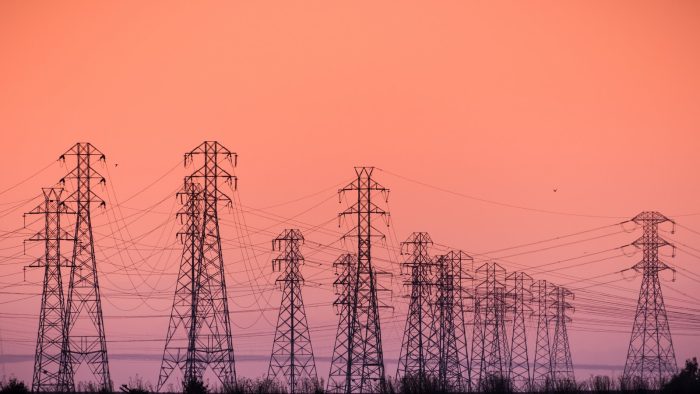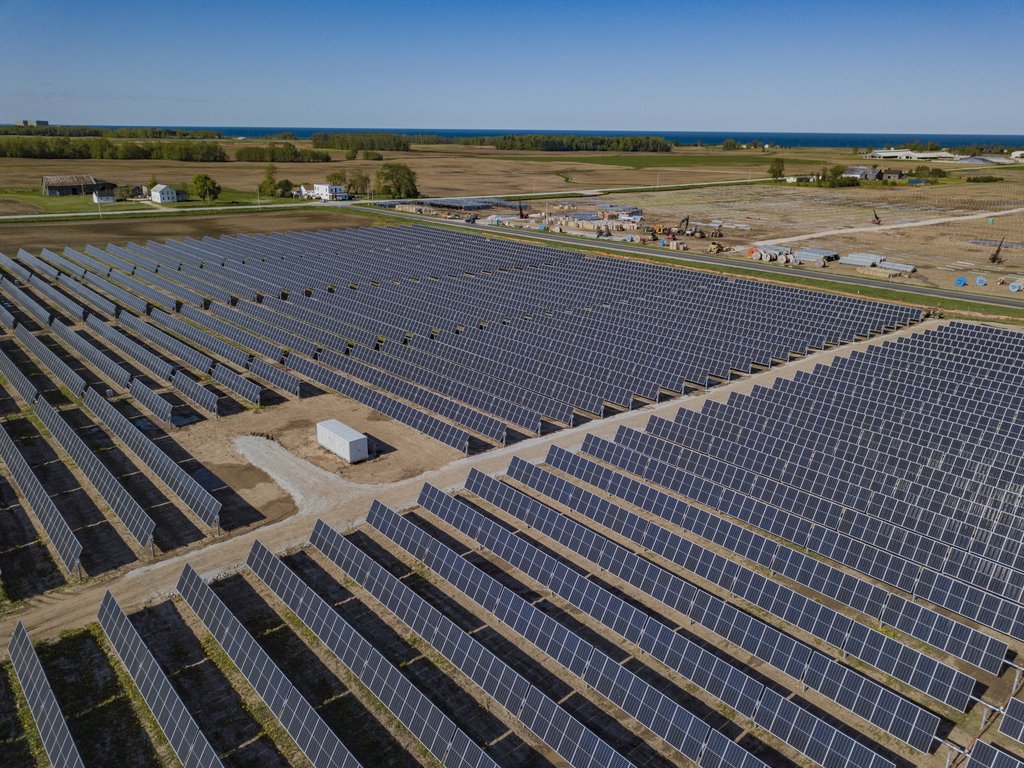Report: Grid-scale batteries could save $7 billion in energy costs in Central U.S.
Analysis from Aurora Energy Research highlights the reliability and cost benefits of 4 GW battery storage in the Southwest Power Pool region

A new report from Aurora Energy Research, commissioned by the American Clean Power Association (ACP), finds that deploying 4 GW of battery storage across the Southwest Power Pool (SPP) territory could save consumers more than $7 billion in energy costs over the next two decades, while also making the grid more reliable.
SPP, the regional transmission organization (RTO) serving all of Kansas and Oklahoma and parts of 14 other states from North Dakota to Texas, currently has less than 1 GW of battery capacity installed. Yet it’s on track to see the largest percentage peak load growth of any RTO over the next decade. The region also has the third-highest renewables penetration in the U.S., thanks largely to wind power, making battery storage a natural fit to capture excess generation and discharge it during peak evening hours.
The impact of 4 GW of energy storage
According to the report, adding 4 GW of battery storage could:
- Cut evening price spikes by more than 80% between now and 2035.
- Deliver at least $2.2 billion in savings over the next decade and $7 billion over 20 years.
- Meet surging peak demand for power without overbuilding thermal generation.
Looking to cut project bottlenecks? See how PVcase can help
“Evening power prices could be 80% lower in SPP if the region can build out the battery storage central states need to ensure reliability,” said Noah Roberts, VP of energy storage with ACP. “As power demand surges, battery storage is one of the fastest and most effective ways to strengthen reliability and lower electricity bills.”
Barriers to more BESS?
Hundreds of battery projects are already in the SPP interconnection queue, but long interconnection timelines, unclear market signals, and permitting bottlenecks remain key barriers.
The report calls for SPP and state policymakers to accelerate interconnection approvals, reform market rules to properly value storage, and clarify permitting processes to bring projects online faster. Industry leaders say that removing these barriers will unlock a modernized grid that can store excess renewable energy and keep costs in check for millions of homes and businesses.
“We’re building a modern energy system that’s ready for the future,” said Adrian J. Rodriguez, President of Xcel Energy – Texas, New Mexico. “By investing in a balanced mix of technologies, including renewables and battery storage, we’re strengthening electric reliability, managing customer costs and supporting the economic growth that’s driving demand across our region.”





Comments are closed here.